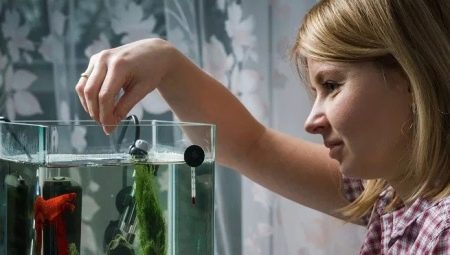Properly organized feeding of fish in the aquarium is the key to their health and longevity. Although different underwater residents have different demands on their daily diet, the common thing is that it should be moderate and varied.
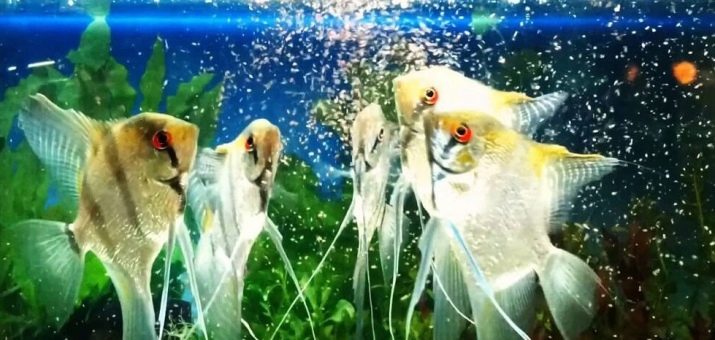
Varieties of feed
Aquarium fish use the four main varieties of food that need to be combined or regularly alternated. When creatures get a diverse diet rich in all the necessary useful elements, this has a beneficial effect on their health and even attractive appearance.
It is worthwhile to be prepared for the fact that even fish have preferences, and some of them can enjoy only protein or only plant foods.
We should also mention those situations when Skillful aquarists make dry or frozen feeds on their own, which are difficult to attribute to one of the varieties. As an option, it may be crushed squids, shrimp and beef hearts or cottage cheese or semolina dried in a microwave.
In order for the fish to grow and develop, she definitely needs vitamins of different groups, choline, folic acid, biotin, thiamine and other substances. In order to form an ideal diet for pets, it is necessary to find out how this species eats in vivo. Herbivorous fish have a long digestive tract and prefer to use fragments of plants, seeds, fruits and, of course, algae.
Predators are owners of a large stomach, they eat living or dead insects, amphibians, mollusks and even small animals. Finally, omnivores are ready to eat anything.
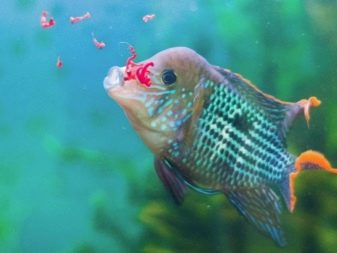
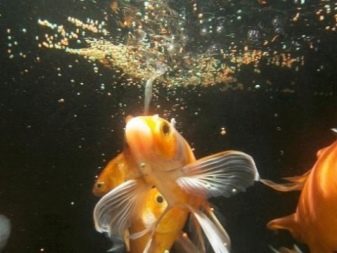
Alive
Live daphnia, bloodworms and corpetra are generally considered to be live feed. This type of diet is called the most useful for fish, but it is quite difficult to store. For example, if you do not remove the dead moth from its living "brothers" in time, then all the food will rot. Fish should be given live food at least once every two days as an additional top dressing. The disadvantage of such nutrition is the entry into the reservoir of infections in the case when the food was not previously disinfected, but followed “directly” from an open reservoir.
Separately, it makes sense to mention shrimp, which are considered quite useful, but still high-calorie foods. Since the product contains 50% protein and up to 20% fat, it must be included in the diet of fish, but only once or twice a week. Shrimp should be fresh, ideally Atlantic. You can offer it to fish both raw and boiled. In both cases, the meat will have to be finely chopped.
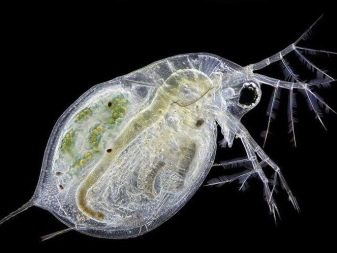


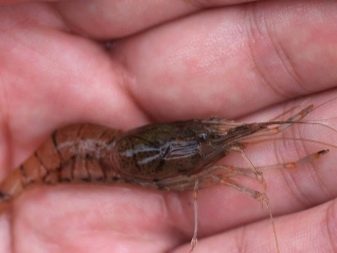
Dry
Dry food usually means two types of food for the inhabitants of the aquarium. This can be either a simple combination of dried bloodworms, coronet or daphnia, or a mixture made at the factory and additionally enriched with vitamins and minerals. The first version is an ordinary protein, which, although it is nutritious, is quite often poorly absorbed by the body of fish.
In addition, many aquarists encounter with an allergic reaction just such a combination, expressed in the form of a runny nose and redness of the eyes. If branded feed is made by trusted manufacturers such as Sera or Tetra, you can be sure of the absence of allergies, good absorption and additional enrichment of the diet with useful components.
The range of branded feeds is wide and allows you to choose a mixture suitable for all the inhabitants of the aquarium, from goldfish to catfish. Besides, There are universal mixtures balanced in the content of fats, proteins and carbohydrates. Products are arranged in such a way as to take into account the digestion of pets, as well as improve their health and appearance. Such dry feeds are produced in the format of granules, flakes, as well as their combinations, called creeps.
For dry feed, the expiration date and release date must be taken into account. Flakes and granules are stored in an airtight container for up to a year, but still, the longer the feed is not used, the less valuable it becomes. Experts recommend purchasing small boxes and containers that are quickly used.

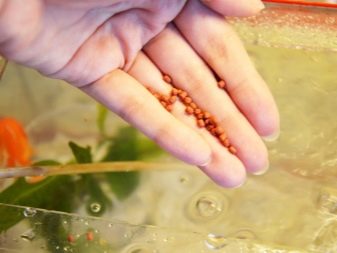
Frozen
Frozen food is the same live food, but it has been frozen. As a rule, it is manufactured at the factory, undergoes a disinfection procedure and is packaged in convenient briquettes, which greatly simplifies the feeding procedure for aquarium inhabitants. In addition, frozen food is easy to dose and easy to store. In the store you can buy both mono-compounds and those that are mixes, for example, from three popular varieties of worms.
If live food is frozen on its own, then you can be sure that this procedure will save it from existing parasites.
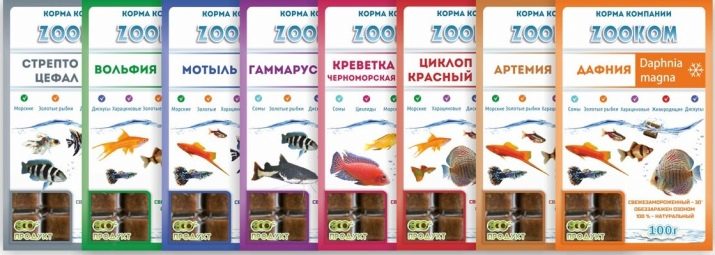
Vegetable
Plant food provides underwater inhabitants with the necessary fiber and allows you to make your daily diet more diverse. This type of feed can be purchased at the store or made independently, scalding, for example, a cucumber without a peel and chopping it. Other suitable vegetables are considered zucchini and cabbage. Purchased vegetable feeds are sold either in the form of tablets or cereal.
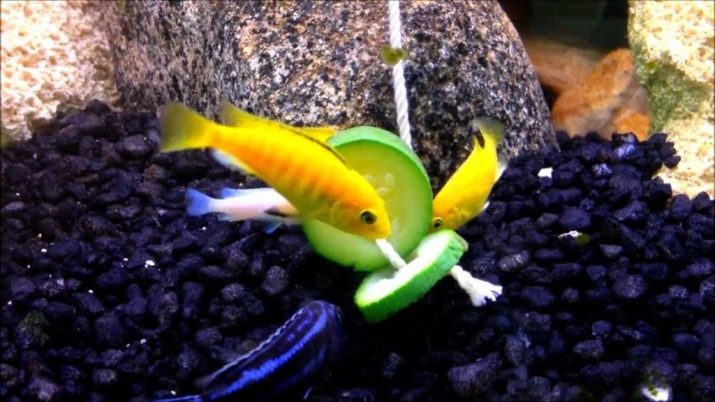
Nutrition Methods
In fish, there are three ways of eating, which are determined depending on the location of the mouth. In a general aquarium, it’s better to combine representatives of one group, since this greatly simplifies the process of feeding them.
- Upper. The upper way of feeding is characteristic of fish in which the mouth is placed on top. They eat food from the surface of the water, so it’s more convenient to feed them with cereal or chips.
- Middle. Those pets who prefer the average way of eating eat the food that is directly in front of them.
- Ground. Fishes, who prefer the bottom method of feeding, pick up food from the surface of the soil. It is in this case, for example, about catfish. To feed reached the bottom, it is necessary to select heavy and quickly sinking pieces.
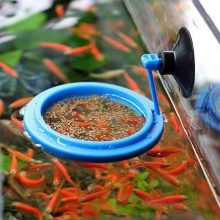
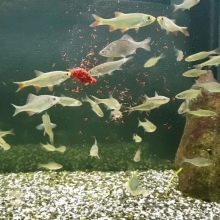
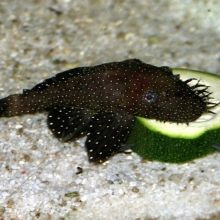
How often do you need to feed?
Feed the fish in the aquarium a couple of times a day - in the morning and in the evening. Some aquarists pour more feed in the morning than in the evening, but it is right to offer pets absolutely equal portions. The feeding schedule is arranged in such a way so that once a week there is a fasting day, in which pets do not receive food at all. This prevents the development of obesity, especially in those fish that are characterized by increased appetite.
When spawning time comes, fasting days are canceled. Morning feeding is carried out a quarter of an hour after turning on the light, and evening - a couple of hours before bedtime. It is customary to feed catfish and other bottom fish in the dark when other aquarium inhabitants go to sleep.
We cannot but mention feeding the underwater inhabitants during long trips, for example, on vacation.
In fact, adults and juvenile adolescents can starve up to three weeks without problems, and some species that are large in size, even longer.
Alternatively, you can install an automatic feeder equipped with a dispenser in the aquarium, or purchase slowly dissolving briquettes and capsules.
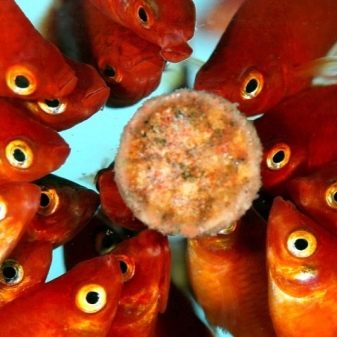
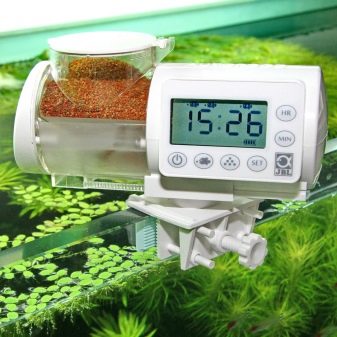
How much to give?
Feeding domestic fish should last a limited period. Experts recommend not feeding them more than serving excess food, which will subsequently lead to obesity or gastrointestinal problems in fish. In addition, excess food upsets the balance within the aquarium. The remains of feed begin to rot, which, in turn, pollutes the water and provokes the appearance of harmful algae.
Moreover, the composition of the liquid changes for the better - the level of ammonia and nitrates increases. The amount of feed required can be calculated depending on the weight of the fish - “lunch” should be about 5% of this indicator. After the meal, the remains to be caught with a net.
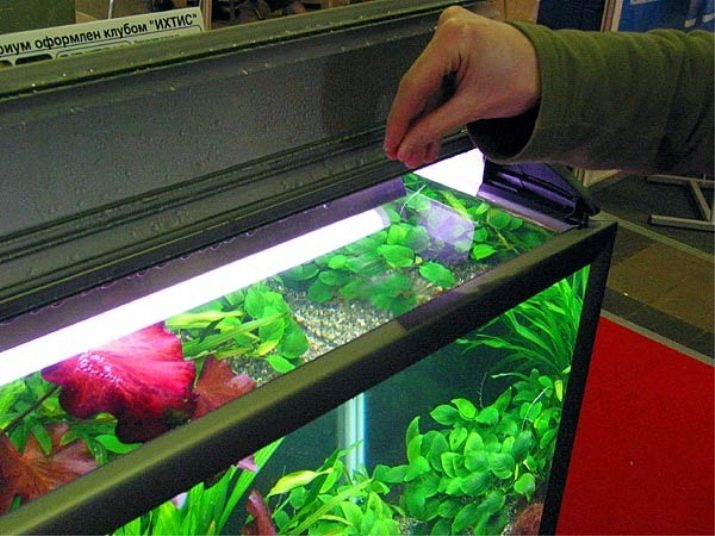
Adult fish
Adult food can only be sprinkled so that it is eaten in a couple of minutes. It is important that he does not have time to sink to the bottom and there already mix with the ground. If plant food is used, then it is lowered into the aquarium in a small piece, and then, as soon as the fish lose interest in him, he gets back. If this rule is neglected, then the remnants of vegetables can begin to rot.
When catfish live in the aquarium, which are known to be bottom dwellers, they will have to be fed separately with chips or tablets.
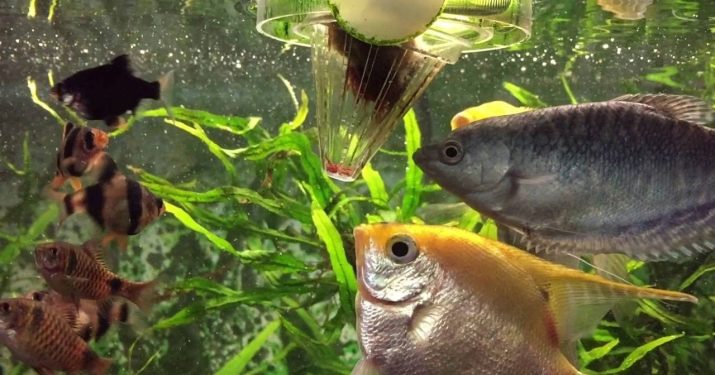
Malcolm
Fry require a special approach to feeding. At the age of 1 to 2 months, they should be offered food four times a day. Until the fish turns a month old, food is required even more often - every 3-4 hours. The food should be eaten in a maximum of 5 minutes, and therefore be no larger in size than the eye of a fry. In this case, you will need either specialized feed for fry, sold in the store, or grated food yourself to a dust state.
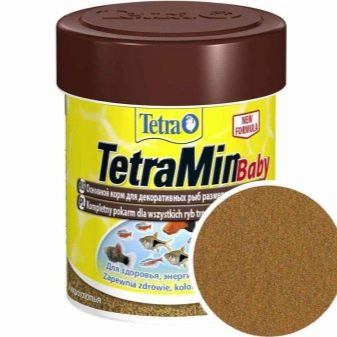
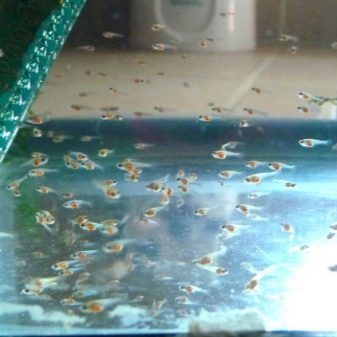
Fasting days
Many aquarium inhabitants are prone to obesity. They can eat up to such an extent that it will even become difficult for them to move in space. For such gluttons, for example, goldfish, it is recommended to arrange fasting days once a week.
It’s better to just choose one day in the week and declare it a day without food. Do not worry that pets will be hungry - they will only burn excess fat and eat up previously unclaimed slices.
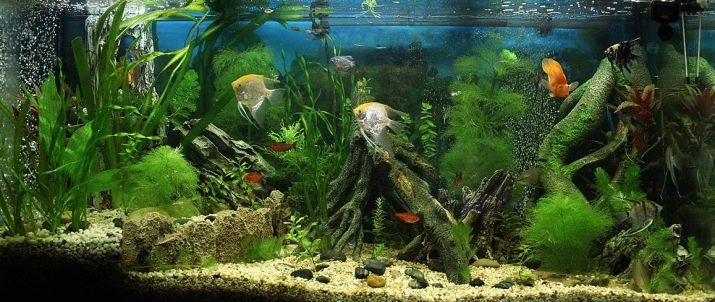
If the species does not suffer from obesity, then you can not completely deprive him of food, but just once a week to abandon live food and replace it only with vegetable. For example, a diet menu may consist of frayed leaves of parsley, spirulina, nettle, or sea kale.
Such unloading allows you to cleanse the body of the pet, contribute to recovery processes and even enhance sexual desire. It is important to arrange it for predators, but it would be nice to scalars, apistograms, and lapiuses to "sit" on a spirulina diet.
Next, watch a video with expert advice on how and how to feed aquarium fish.
